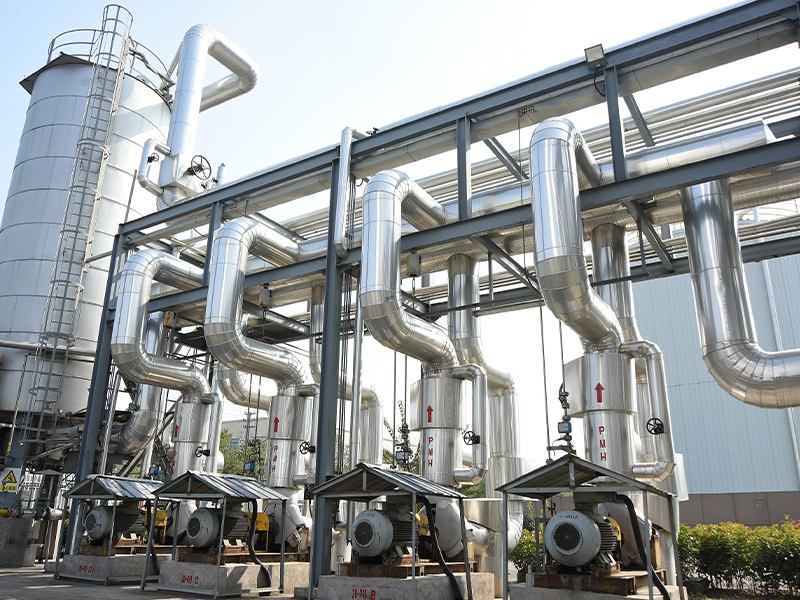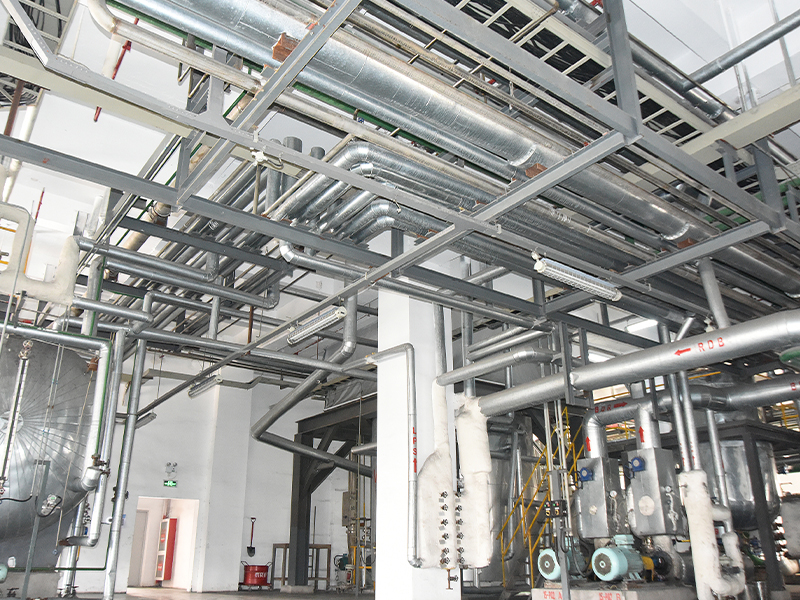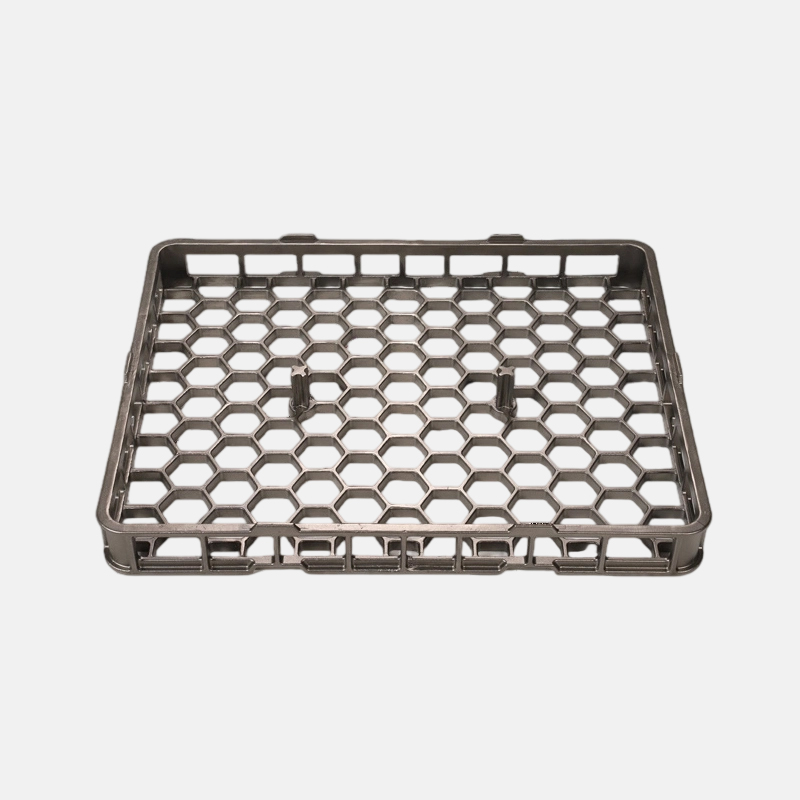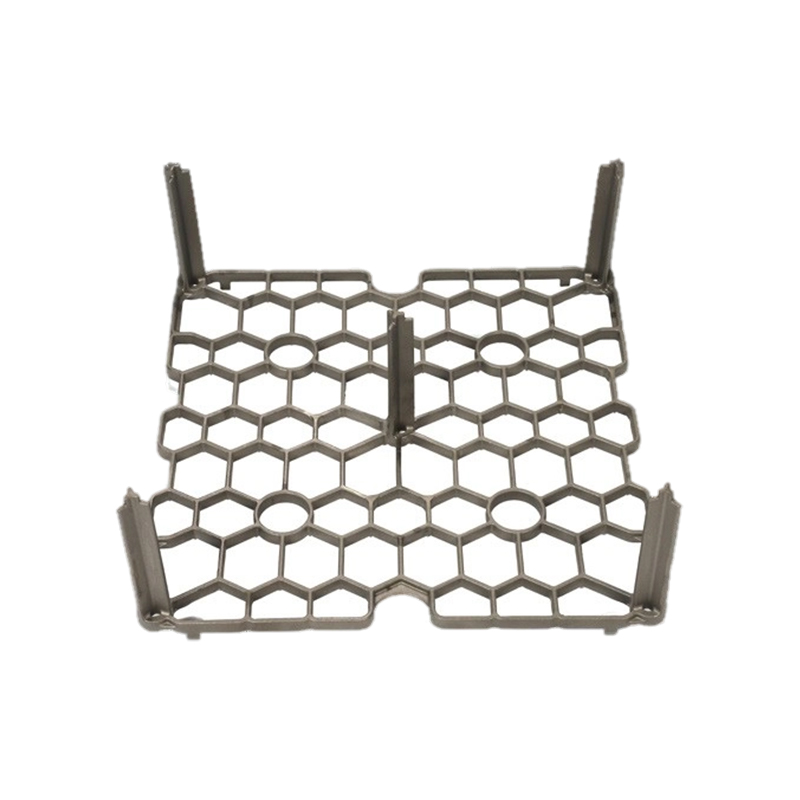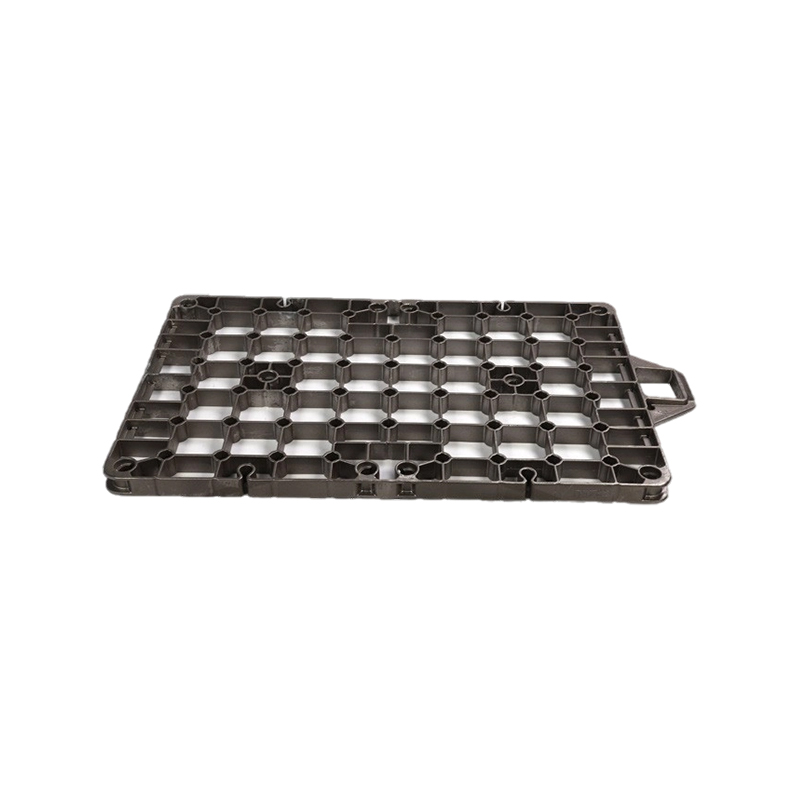Lost Foam Casting is a specialized metal casting process that utilizes a foam pattern embedded in sand, which vaporizes when molten metal is poured, leaving behind a precise casting. This method has gained attention in various industries due to its ability to produce complex geometries with minimal post-processing.
Types of Lost Foam Casting
Lost Foam Casting can be categorized based on the materials and techniques used. The primary types include:
-
Expandable Polystyrene (EPS) Foam Patterns: Commonly used for their low cost and ease of shaping.
-
Polymer-Based Foams: These may include variations like expanded polypropylene for specific thermal properties.
-
Hybrid Methods: Combining Lost Foam Casting with other processes, such as vacuum-assisted techniques, to enhance dimensional accuracy.
Each type is selected based on factors like metal alloy, part complexity, and production volume.
Applications
Lost Foam Casting is employed in diverse sectors due to its versatility. Key applications include:
-
Automotive Industry: For engine blocks, cylinder heads, and intake manifolds, where complex internal passages are required.
-
Aerospace: Components like turbine blades and structural parts benefit from the process's ability to achieve tight tolerances.
-
Industrial Machinery: Used for pumps, valves, and housings that demand intricate shapes.
-
Art and Sculpture: Enables the creation of detailed artistic pieces without extensive machining.
These applications highlight the process's adaptability to both high-volume and custom production.
Advantages of Lost Foam Casting
Lost Foam Casting offers several benefits that make it suitable for specific manufacturing needs:
-
Design Flexibility: It allows for the production of complex geometries, including undercuts and internal features, without the need for cores.
-
Reduced Machining: The process often yields near-net-shape parts, minimizing post-casting machining and material waste.
-
Surface Finish: Typically provides smooth surface finishes, which can reduce the need for additional finishing operations.
-
Material Efficiency: High yield rates are achievable, as the foam pattern is consumed during casting, leading to less material scrap.
-
Tooling Simplicity: Patterns can be easily modified or produced using low-cost tooling compared to traditional methods.
These advantages contribute to cost savings and efficiency in appropriate applications.
Limitations of Lost Foam Casting
Despite its benefits, Lost Foam Casting has certain limitations that must be considered:
-
Pattern Cost and Durability: Foam patterns can be fragile and may require careful handling; they are also susceptible to environmental factors like humidity.
-
Size Constraints: The process is generally limited to medium-sized parts, as very large castings can face issues with pattern stability and metal flow.
-
Environmental Concerns: The vaporization of foam releases gases, which may require controlled ventilation or emission management systems.
-
Process Control: It demands precise control over parameters such as foam density and pouring temperature to avoid defects like shrinkage or inclusions.
-
Initial Investment: Setup costs for equipment and pattern production can be higher than for some conventional casting methods.
Understanding these limitations helps in selecting the right applications for Lost Foam Casting.
Comparison with Other Casting Methods
Lost Foam Casting is often compared to other processes like sand casting and investment casting:
-
Versus Sand Casting: Lost Foam Casting eliminates the need for cores and can produce more complex shapes, but it may have higher pattern costs and slower production rates for simple parts.
-
Versus Investment Casting: Both methods allow for intricate designs, but Lost Foam Casting typically uses cheaper pattern materials and is more scalable for larger volumes, though investment casting may offer superior surface finish for small, precision parts.
-
Versus Die Casting: Lost Foam Casting is better suited for ferrous metals and complex internal features, while die casting excels in high-speed production of non-ferrous parts with thin walls.
This comparison underscores the importance of matching the process to specific project requirements.
Frequently Asked Questions (FAQ)
-
What materials can be used with Lost Foam Casting? It is compatible with a wide range of metals, including aluminum, iron, and steel alloys.
-
How does Lost Foam Casting impact production time? Lead times can vary; pattern production may add time, but the process often reduces overall machining hours.
-
Are there environmental regulations for Lost Foam Casting? Yes, emissions from foam decomposition may require compliance with local air quality standards.
-
Can Lost Foam Casting be automated? Yes, automation is possible for high-volume production, improving consistency and efficiency.
-
What are common defects in Lost Foam Casting? Defects may include foam residues, porosity, or dimensional inaccuracies, often mitigated through process optimization.
Lost Foam Casting is a valuable manufacturing process characterized by its ability to produce complex parts with reduced waste and machining. However, it requires careful consideration of its limitations, such as pattern fragility and environmental factors. By understanding its types, applications, and comparisons with other methods, manufacturers can make informed decisions on its use.
 English
English русский
русский Español
Español عربى
عربى
